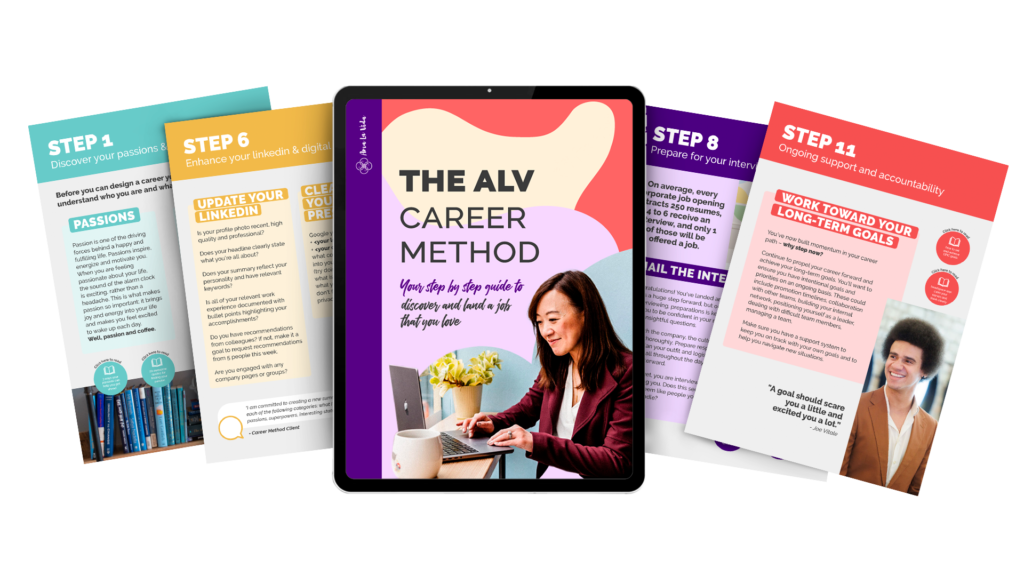Why Knowing Your Leadership Style Is Important

Our motto here at Ama La Vida is “always be bettering.” It reflects our internal desire to always be learning and growing as individuals and our passion for supporting our clients to improve themselves and their lives. When our Leadership Coaching team developed a new assessment to help individuals identify their leadership style, I couldn’t take it fast enough. I couldn’t wait to uncover a new dimension of my personality and leadership and learn how it could help me most effectively lead my team and grow my business.
Why Assessments Matter
We are all on a never ending journey of self-discovery – it’s important to have self awareness. This helps you understand how you are perceived by others, what your strengths and blindspots are, and how to best collaborate with your team. If you are a leader or aspiring leader, it’s crucial to know your default leadership style and your natural tendencies. That way, they can be enhanced and you can supplement the areas that don’t come as naturally to you.
Relying on assessments, rather than making assumptions can be incredibly helpful to get an unbiased perspective. This can prevent you from gaming the system, even unintentionally.
The Leadership Style Assessment
While there are many facets of someone’s style as a leader, this assessment focuses on two main areas:
People First
You naturally focus on your team’s needs and emotions and consider these when making decisions. This may come at the expense of business goals.
Get Sh*t Done
You tend to focus on task and project execution and impact on company goals. This may cause you to miss emotional cues from your team.
No score is right, wrong, good or bad. But ideally, in this assessment, you want a high score in both areas, and you want your scores pretty close together. This means that you have high competencies in both styles. And it shows that you balance prioritizing your team’s needs with getting things done for the business.
Learning About Your Leadership Style
I scored higher on the People First scale than on the Get Sh*t Done scale. I found it interesting that I was not surprised by this outcome, but my team was.
That might mean that I have some blindspots in terms of how I deliver my People First approach, and there was also an important distinction I came to make. I am a Get Sh*t Done person; I will crank out work with the best of ‘em, and I am quite structured and process oriented in terms of how I operate. However, I still have some work to do in developing my Get Sh*t Done leadership; I still feel bad asking things of my team and holding them accountable to goals and priorities. It’s something I’m working on.
After you receive your score, here are some things to think about:
- Do you think this accurately reflects your style?
- What would your team say?
- What makes you great at your default style? How can you really lean into this strength?
- What are your blindspots regarding your non-default style? How can you develop in those areas or lean on others for support?
- How can you use this knowledge to better communicate and collaborate with others?

Using This With Your Team
While this assessment is valuable for anyone to take and reflect on individually, I also wanted to utilize it as a tool to collaborate more effectively as a team. And so, I asked each leader on my team to complete the assessment prior to our weekly meeting. Then in our meeting, ALV Leadership Coach Jennifer facilitated a discussion around the assessment. While I’m lucky to be surrounded by facilitation pros, you can absolutely utilize these questions to facilitate a discussion with your own team. Also note that you do not need to be a people manager to take this assessment. We all have leadership capabilities even before becoming leaders in title.
Questions Coach Jennifer asked:
- What was your style, and were you surprised by it?
- Are you surprised by anyone else’s style?
- Which strengths resonated most with you?
- Which blindspots resonated with you?
- How do you think knowing the styles of everyone else on the team will benefit you?
What I learned
It was a lively and engaging discussion. Here were my key takeaways:
Your default as an individual may be different from your default as a leader.
As with my score, I have a different operating system for myself versus when I’m leading a team. It’s important to understand these differences and understand why you may hold yourself and others to different standards.
It is helpful to collaborate with people who have a different default style than you.
Maybe you are a People First leader and struggle to see things through to execution or to hold others accountable. Try partnering with someone with a Get Sh*t Done style to help you execute on your vision. Or perhaps your default is Get Sh*t Done. It may not be natural or obvious to you to think about how your team feels or will react to certain situations. Bounce ideas off a People First leader and ask them how certain ideas or feedback will land.
Share your leadership style when beginning collaborations.
Acknowledging that you have different styles at the onset of a project will undoubtedly help you appreciate one another and collaborate more effectively. Don’t underestimate the power of also calling it out when you have the same style. This will help you collectively recognize blindspots and avoid butting heads.
You’re never done learning about yourself and your team.
It’s amazing that even when you work closely with people every day and feel like you have a good sense for how they operate, there is always something new to learn. I was surprised by some of my team’s results, and I got more insight into their personalities as they explained why they believed they scored the way they did. Additionally, people are always changing. So even when you’re in a good rhythm or working together, periodically doing a reset around who you are now and what you need now is invaluable.
If you haven’t taken it yet, click here to start your Leadership Style Assessment. Out of all the things you can do today, taking a few minutes to “always be bettering” is well worth the investment.








